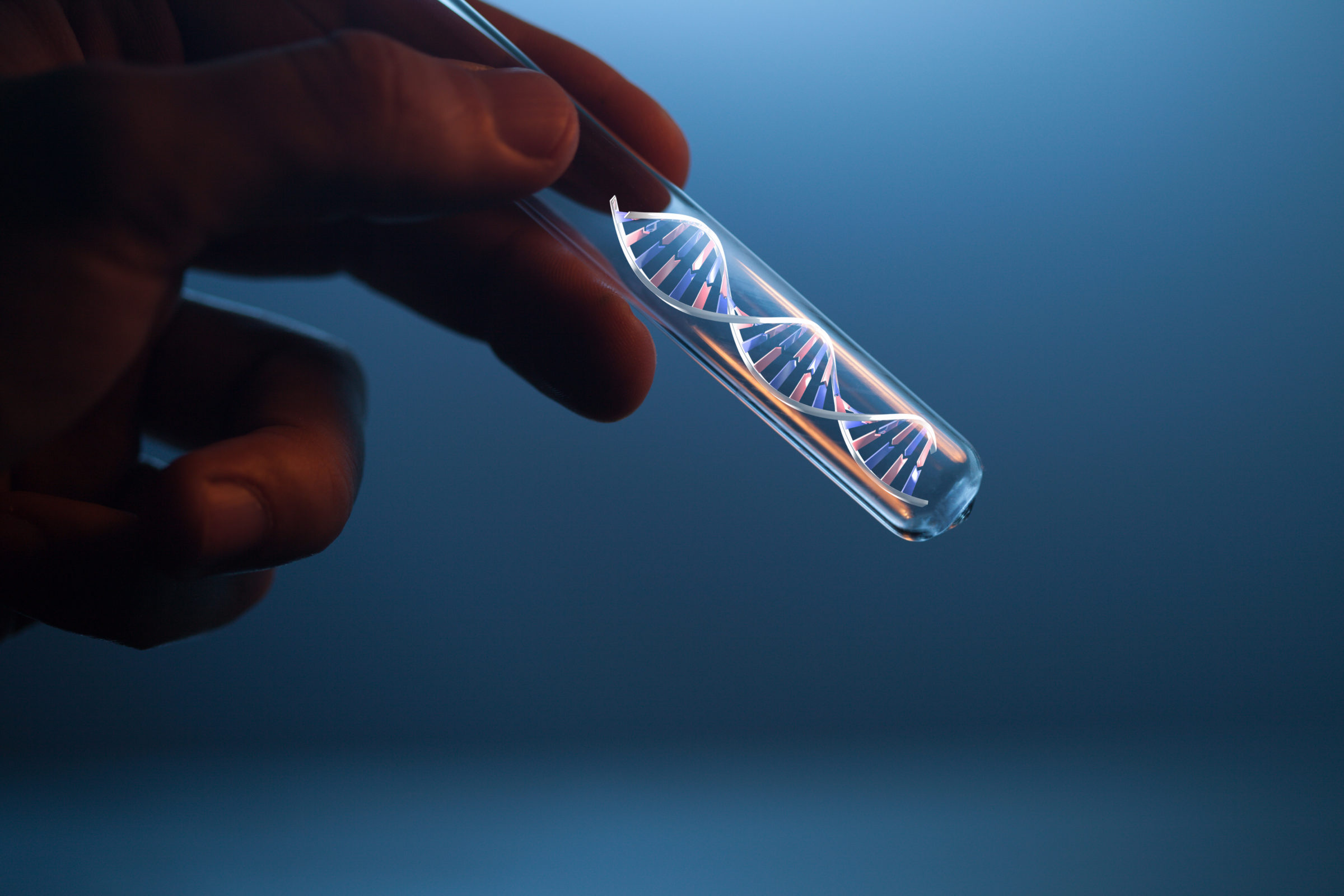Wealth & Poverty Review The Fastest Learning Curve in History
Human genome sequencing has become over a million times more abundant since 2003. Now the price may drop another 90 percent from $1,000 to $100. Originally published at SubstackIn 1990 a goal was set to map the entire three-billion-letter human genome. The U.S. government spent $3.8 billion to fund the project in general with a fraction going towards the human genome sequencing. Craig Venter helped move things along and the project came in three years early in 2003. The completion coincided with the 50th anniversary of Watson and Crick’s description of the fundamental structure of DNA.
As Katie Jennings reports in her article in Forbes:
“The first genome cost us about a billion dollars,” says Dr. Eric Green, who worked on the project since its inception and has been the director of the National Human Genome Research Institute for more than a decade. “Now when we sequence a person’s genome, it’s less than $1000, so that’s a million-fold reduction.”
Note that blue-collar worker hourly compensation (wages and benefits) increased by 51 percent from 2003 to 2020, from $21.54 to $32.54. It took 46,425,255 hours to earn the money to buy your DNA sequence in 2003 and only 30.73 hours in 2020. The “time price” dropped by 99.99993 percent. For the same time required to earn the money to buy one sequence in 2003 you get over 1.5 million sequences today. That would be over a 150 million percent increase in DNA sequencing abundance.
Now a group of Chinese entrepreneurs at BGI hope to get the price down to $100. BGI’s new system will employ a robotic arm and a roomful of chemical baths and imaging machines.
Rade Drmanac, chief scientific officer of Complete Genomics, a division of BGI, told MIT Tech Review that at $100 it could soon be common to sequence the DNA of every child at birth.
National Human Genome Research Institute tracks costs associated with DNA sequencing and produced this chart to illustrate the dramatic decline in costs. Note the logarithmic scale on the vertical axis:

Exponential innovation occasionally experiences a double exponent or punctuation as it did in January of 2008 when work transitioned from Sanger-based (dideoxy chain termination sequencing) to ‘second generation’ (or ‘next-generation’) DNA sequencing technologies.
Going from a cost of one billion to one hundred over 20 years would put the compound monthly rate of decrease at 6.5 percent a month. (Adjusting for the time price would be 7.13 percent). Moore’s law indicates that prices decline 2.85 percent a month. The DNA cost per genome learning curve is perhaps the fastest declining price in history.
Long live learning curves. The knowledge they create is our true wealth.

